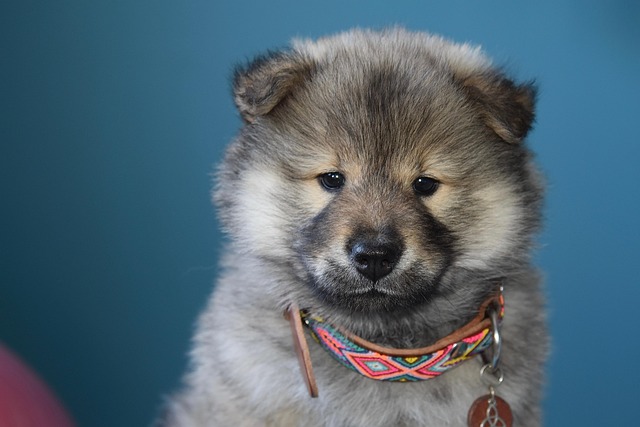
How do i train my dog to be obedient?
Watching your dog dart across the park ignoring your calls isn’t just frustrating—it can put them at risk near busy streets or public spaces.
As any dog parent knows, the sight of your furry friend bounding after a toy only to drop it halfway back (or disappear into the bushes with it) can be equal parts adorable and frustrating. Teaching a reliable toy retrieve isn’t just about perfecting a party trick—it’s a playful way to build trust, provide mental stimulation, and channel your dog’s natural instincts. Using positive reinforcement techniques favored in Western training cultures, let’s break down how to turn “chase and abandon” into “fetch and return” without overwhelming you or your pup.
Start by letting your dog explore toys on their terms. Choose soft, appropriately sized options that match their instincts: a plush squeaker for retrievers, a rope tug for chewers. Avoid makeshift toys like old socks—many regions have safety regulations about pet products to prevent choking hazards, and consistency in what’s “allowed” helps avoid confusion. Sit on the floor in a quiet space, toss the toy gently, and celebrate any interaction: a sniff, a paw swat, or a tentative pick-up. Warm praise like “Good girl!” or a tiny treat creates a positive association—no pressure, just fun.
Once they’re curious, introduce a clear cue like “Take it” as they grab the toy. Use a calm voice and pair it with a simple gesture, like pointing. Harsh commands or yelling can trigger anxiety—force-free methods are standard in ethical pet training across Europe and North America for a reason. The moment they take the toy, reward immediately with a high-value treat (think chicken or cheese) and enthusiastic praise. Keep sessions short—5-10 minutes max—to maintain their focus, especially with puppies.
 The real challenge? Getting them to bring it back. Many dogs love the chase but haven’t connected “returning” to continuing the game. Kneel down, hold out a treat, and call them with a cheerful “Bring it here!” as soon as they start moving toward you. If they drop the toy mid-trip, don’t scold—simply wait, pick it up, and toss again. For dogs who guard toys, never pull it from their mouth; instead, offer a treat in exchange. When they drop the toy to take it, praise loudly and throw it again right away—this teaches “letting go” leads to more fun, not loss.
The real challenge? Getting them to bring it back. Many dogs love the chase but haven’t connected “returning” to continuing the game. Kneel down, hold out a treat, and call them with a cheerful “Bring it here!” as soon as they start moving toward you. If they drop the toy mid-trip, don’t scold—simply wait, pick it up, and toss again. For dogs who guard toys, never pull it from their mouth; instead, offer a treat in exchange. When they drop the toy to take it, praise loudly and throw it again right away—this teaches “letting go” leads to more fun, not loss.
As they get the hang of short distances, gradually toss the toy a bit farther (5-10 feet first) and keep the cues consistent. Add mild distractions over time—a gentle noise, a second person in the room—to build focus, but always backtrack if they seem stressed. Outdoors, start in a fenced area or use a long leash to respect local leash laws while ensuring safety. The goal is reliability everywhere, not just in your living room.
Make training part of daily playtime—dogs thrive on routine. Keep the energy upbeat: laugh, clap, and let your excitement show. Breeds like Labs or Goldens might pick it up faster, but even terriers or rescues can learn with patience. Celebrate small wins: the first step toward you with the toy, a moment of holding it longer. Every dog learns at their own pace—comparison kills progress, so focus on your pup’s journey.
Safety matters, too. Regularly check toys for damage and replace them if they’re fraying (ingesting small parts is a risk), sticking to products that meet Western safety standards. Adjust intensity for puppies or seniors—overexertion isn’t just unkind, it’s a common training pitfall.
At its heart, this training is about creating a shared language. When your dog brings back that toy, tail thumping, they’re choosing connection—trusting that playing with you is better than running off alone. It’s not about perfection; it’s about the joy of mutual engagement. So grab that squeaky toy, find a sunny patch, and start small. With consistency and kindness, that half-hearted drop will turn into a proud retrieve, and fetch will become a ritual that strengthens your bond one playful toss at a time. After all, for your pup, the best reward isn’t the treat—it’s the chance to do it all over again with you.

Watching your dog dart across the park ignoring your calls isn’t just frustrating—it can put them at risk near busy streets or public spaces.

New puppy owners often find themselves rushing to clean up accidents before they set in, and that’s where puppy pad training becomes a game-changer.

If you've noticed your dog's waistline disappearing and your veterinarian has mentioned those few extra pounds, your first instinct might be to simply reduce the amount of food in their bowl.

Training a dog to use a designated spot indoors isn’t as daunting as many new owners fear, but it does take consistency and an understanding of your pet’s needs.

That moment of dread on a walk is all too familiar for many new dog owners. You see another dog approaching down the sidewalk of your neighborhood

If the sight of another dog on your neighborhood walk makes your heart sink as your own dog erupts into a frenzy of barking and lunging, you're not alone.